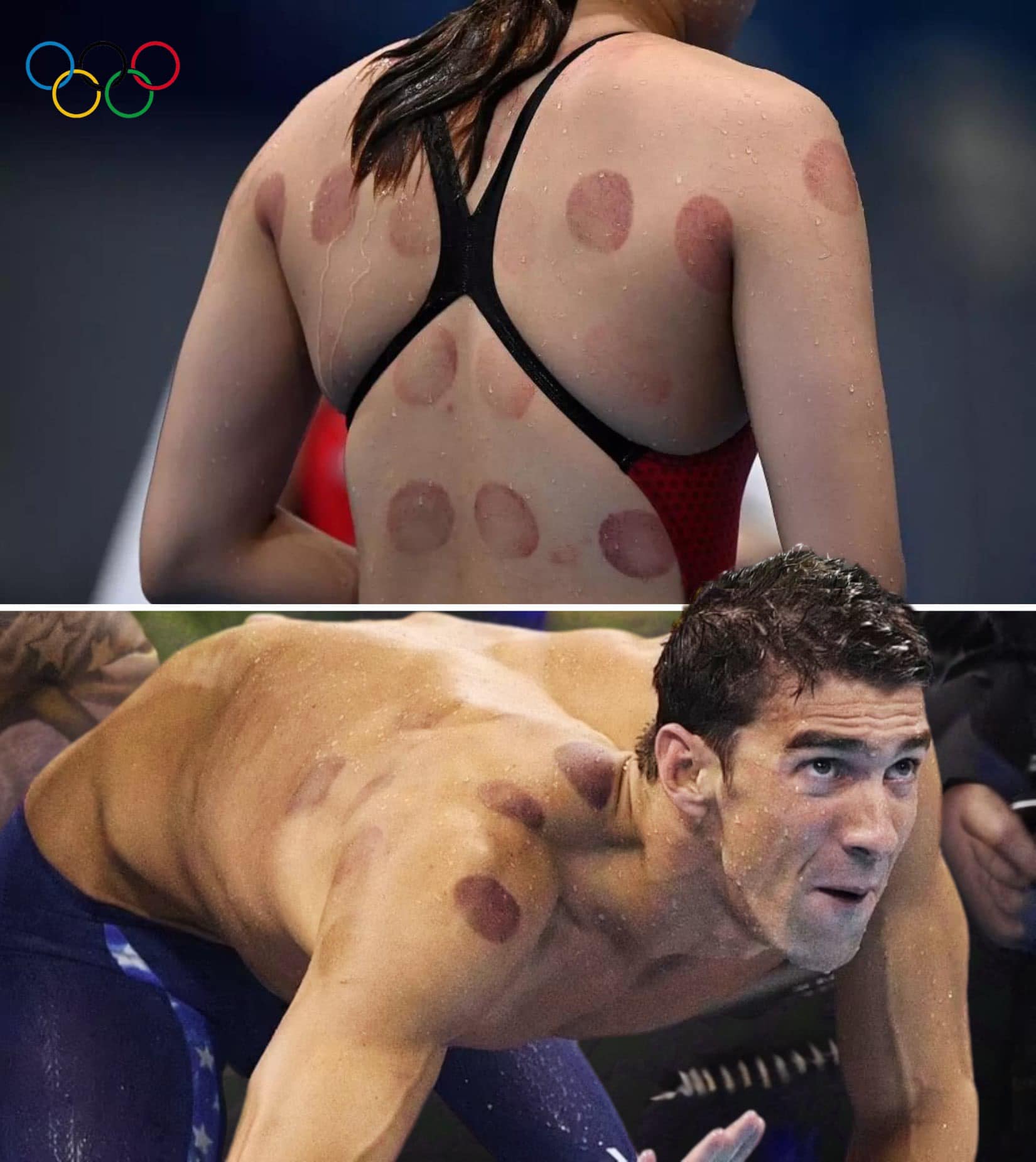
Why Olympic Swimmers Have Mysterious Red Circles on Their Backs
As the Paris Olympics captivate global audiences, one unusual detail has sparked curiosity—dark red circles on the backs of many swimmers. These strange marks aren’t injuries or accidents—they’re the result of cupping therapy, an ancient recovery method gaining traction among elite athletes.
Cupping involves placing suction cups on the skin to boost blood flow and ease muscle tension, acting like a deep tissue massage. It rose to global attention during the 2016 Rio Olympics and remains a go-to recovery method today.
Athletes like gymnast Alexander Naddour and basketball player Kyle Singler have praised its benefits, calling it key to faster recovery—even if the circular bruises look dramatic.
However, medical experts remain divided. Harvard Health notes limited scientific evidence supporting cupping’s effectiveness, though some studies hint at potential benefits for pain relief.
Still, athletes swear by it—and as long as they don’t mind the temporary bruises, cupping remains a popular performance aid at the 2024 Olympics.
“The marks fade, but the relief lasts,” many say.


